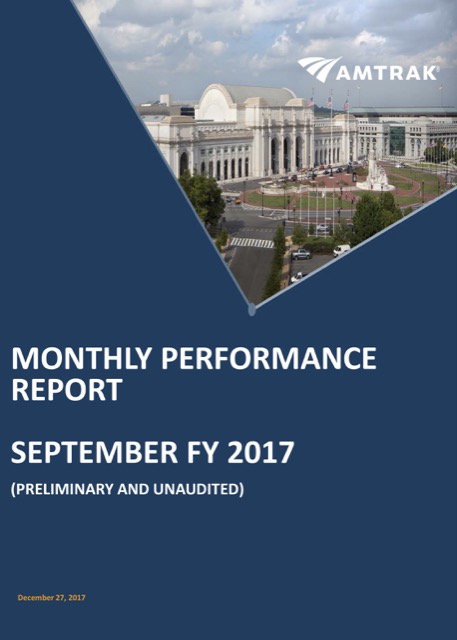In the latest made-up panic of the year, ride sharing is supposedly “deepening social and economic inequity.” According to Tracey Lindemen, writing in Vice magazine, it’s doing that by stealing riders from public transit, which forces transit systems to cut their services, reducing the mobility of transit-dependent people.
In fact, Linderman has it backwards: public transit is the source of income inequality, while ride sharing can reduce it.
Linderman claims that “Public transit used to be the great equalizer,” but that was never true. Before cars, transit was used by the middle class, but the working class couldn’t afford it. The Model T Ford was the great equalizer, bringing mobility to those who couldn’t afford transit. In 1910, no more than a quarter of Americans regularly used transit. By 1926, over half of American families owned a car. Continue reading








